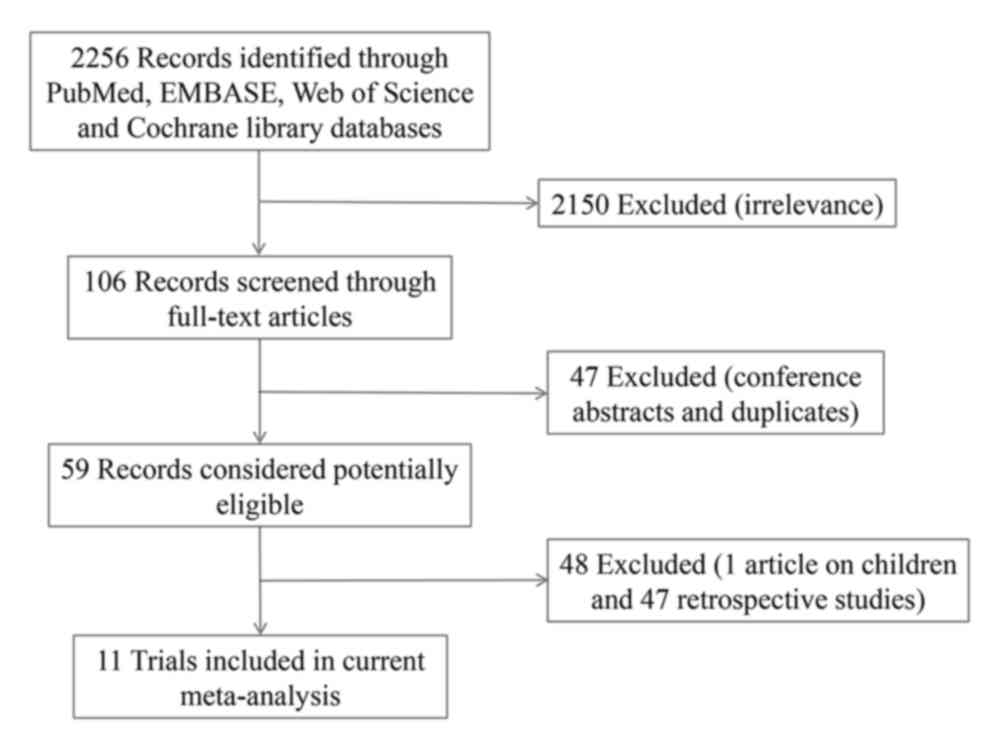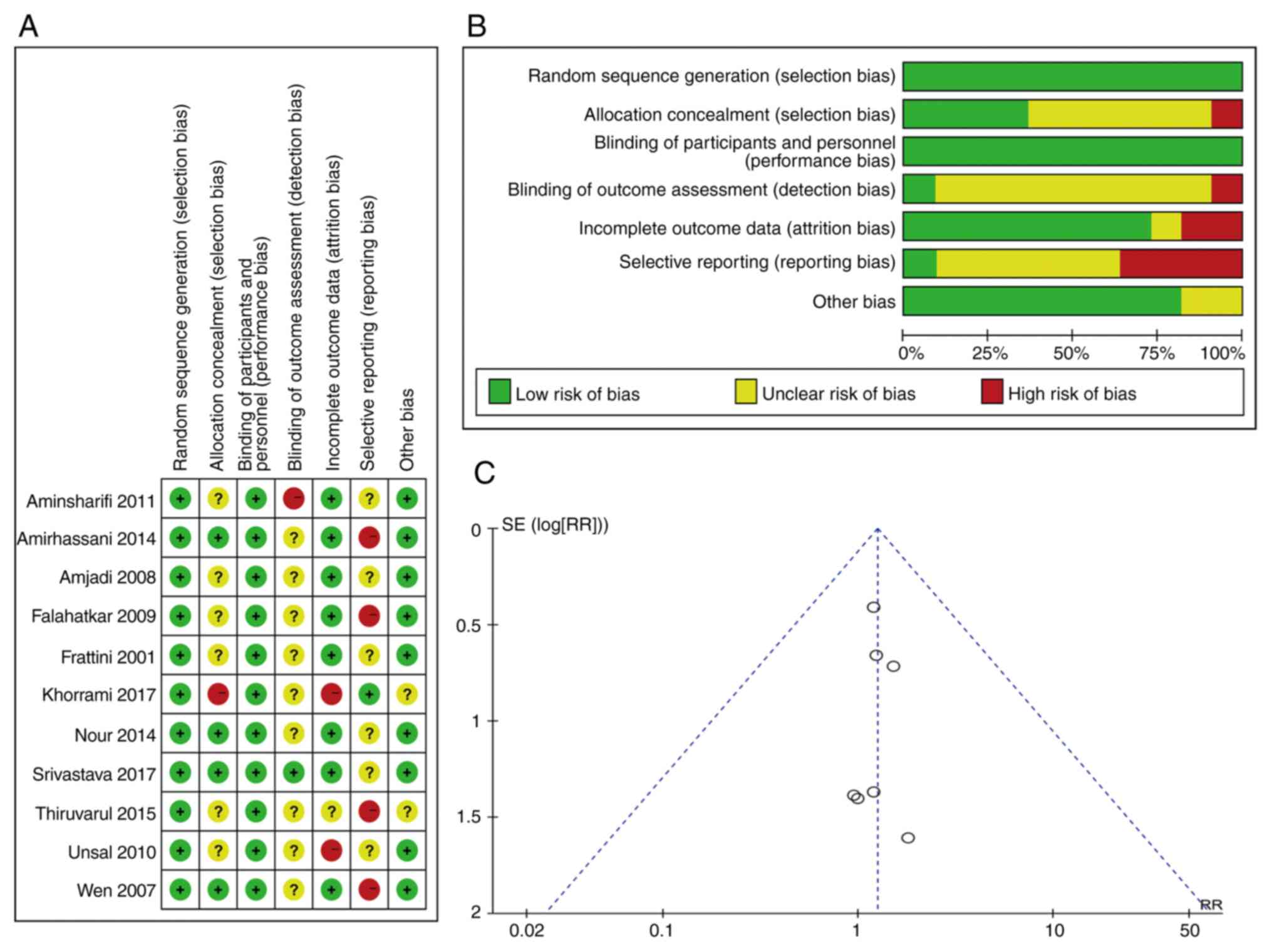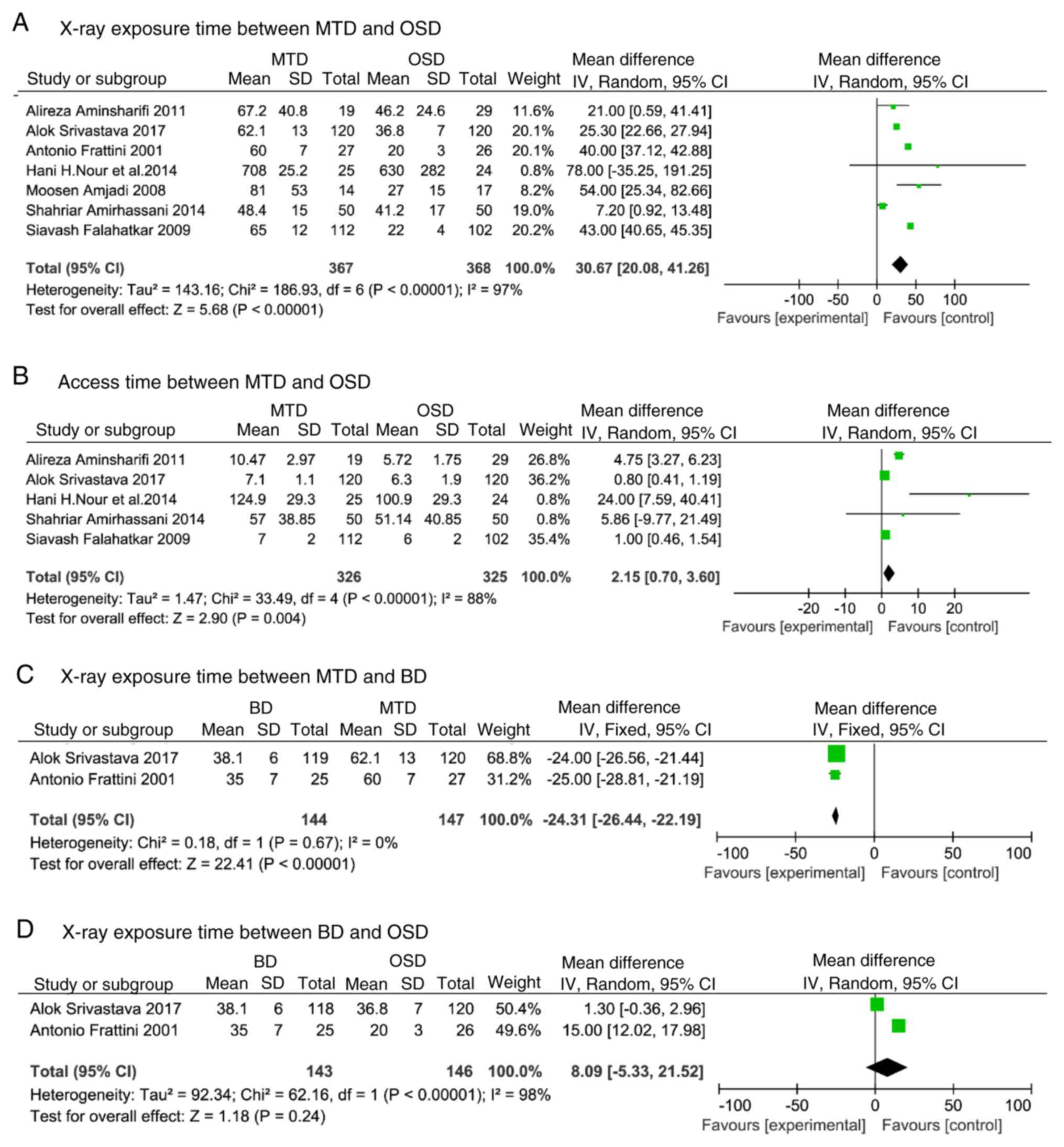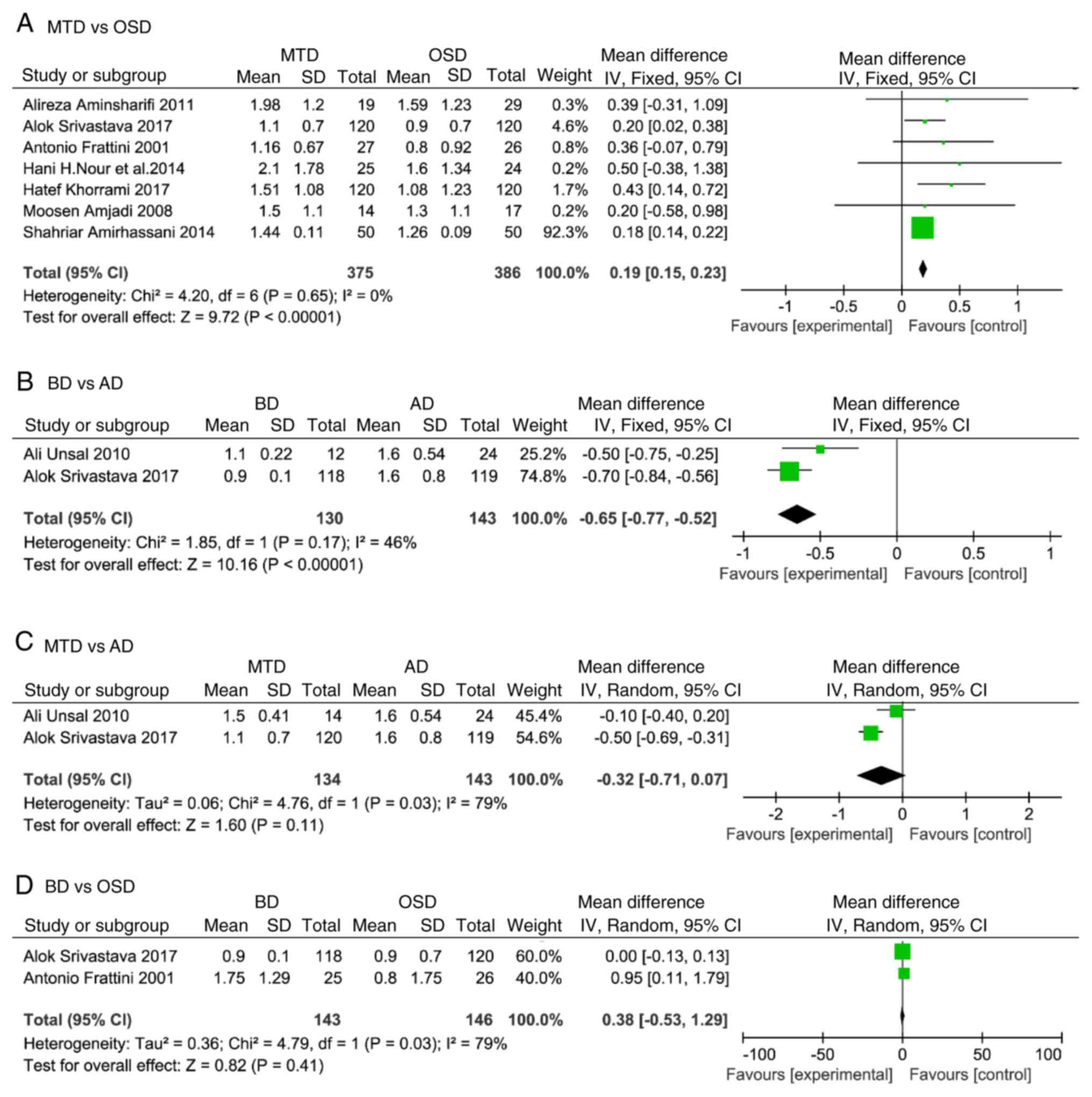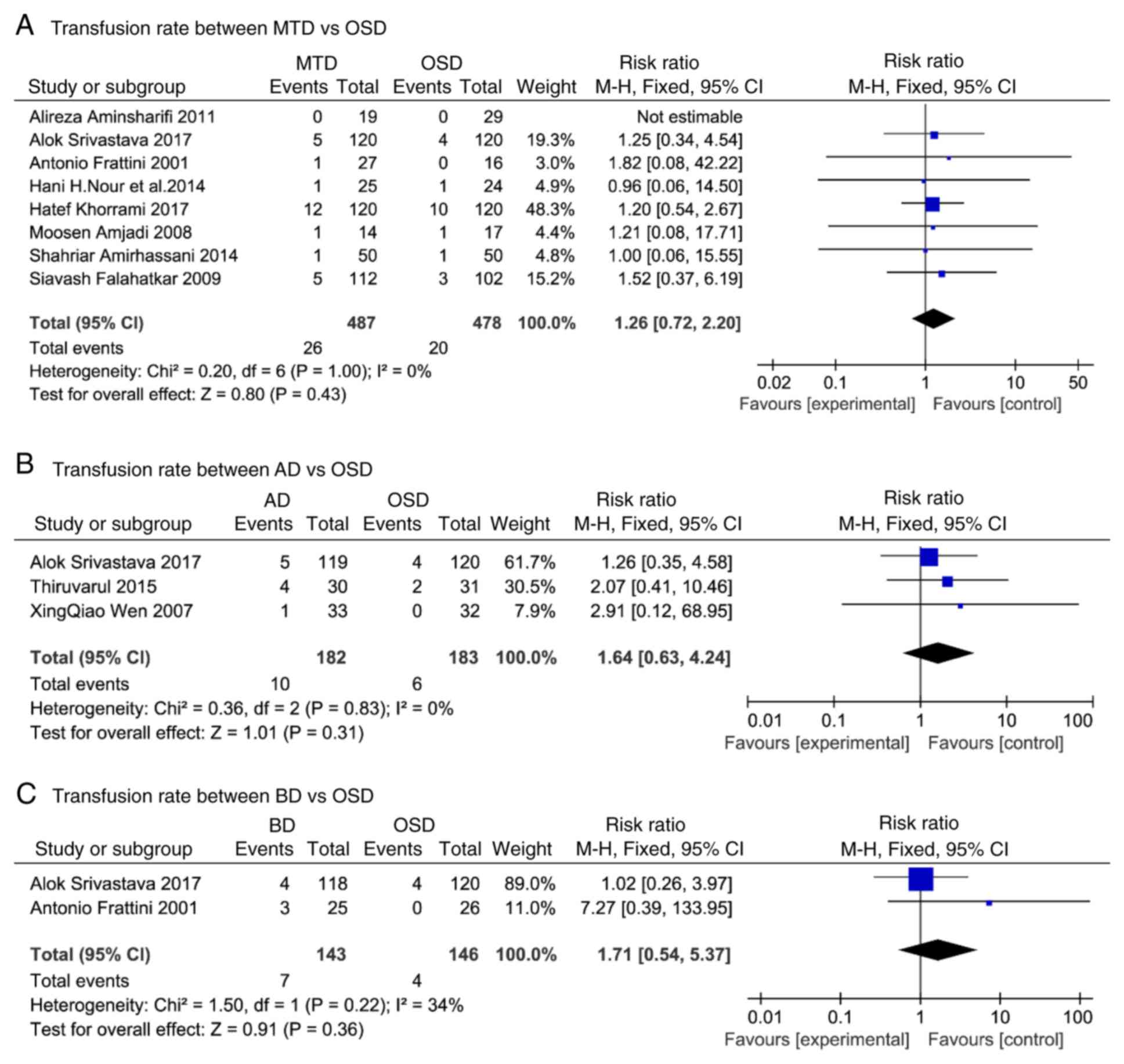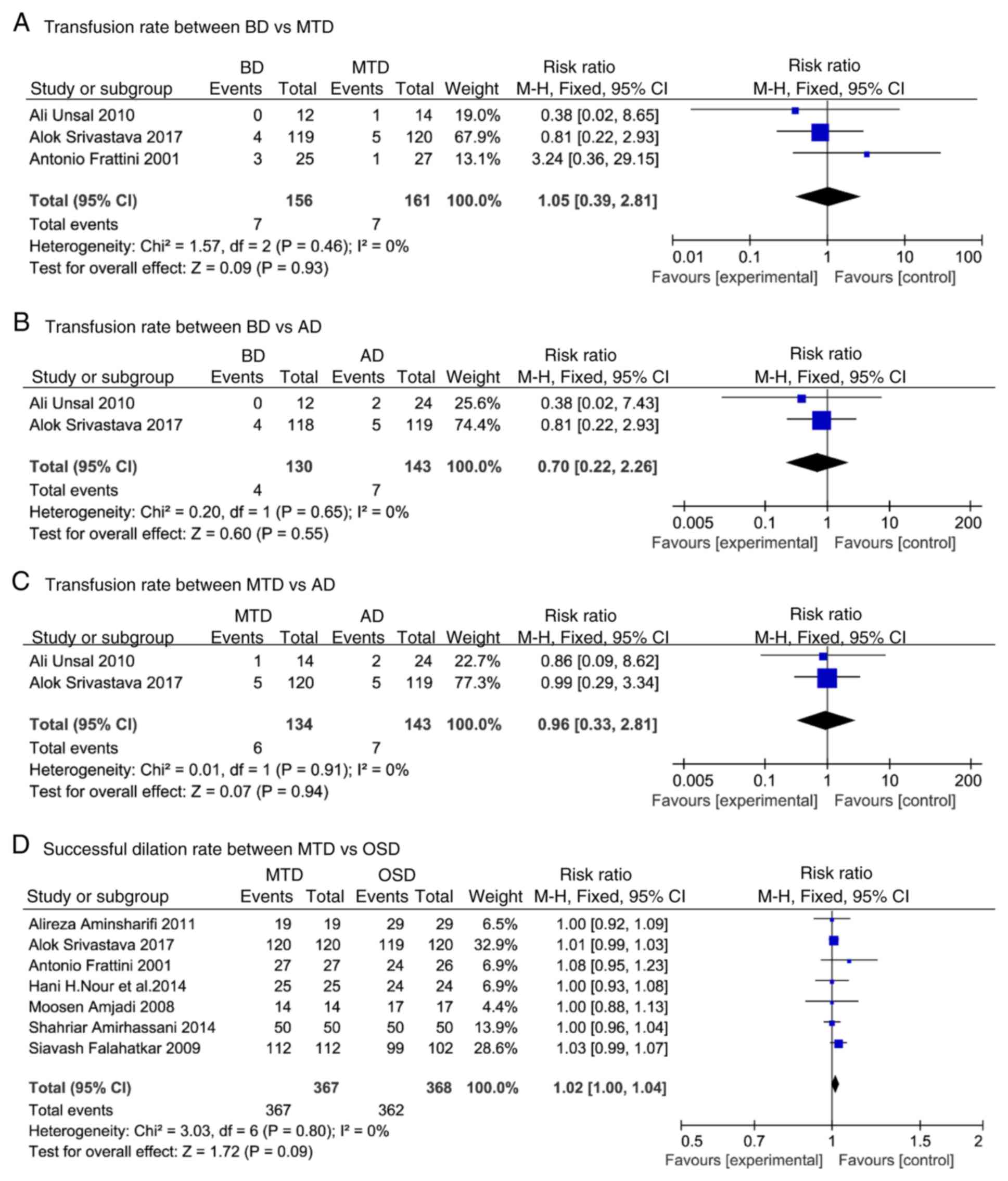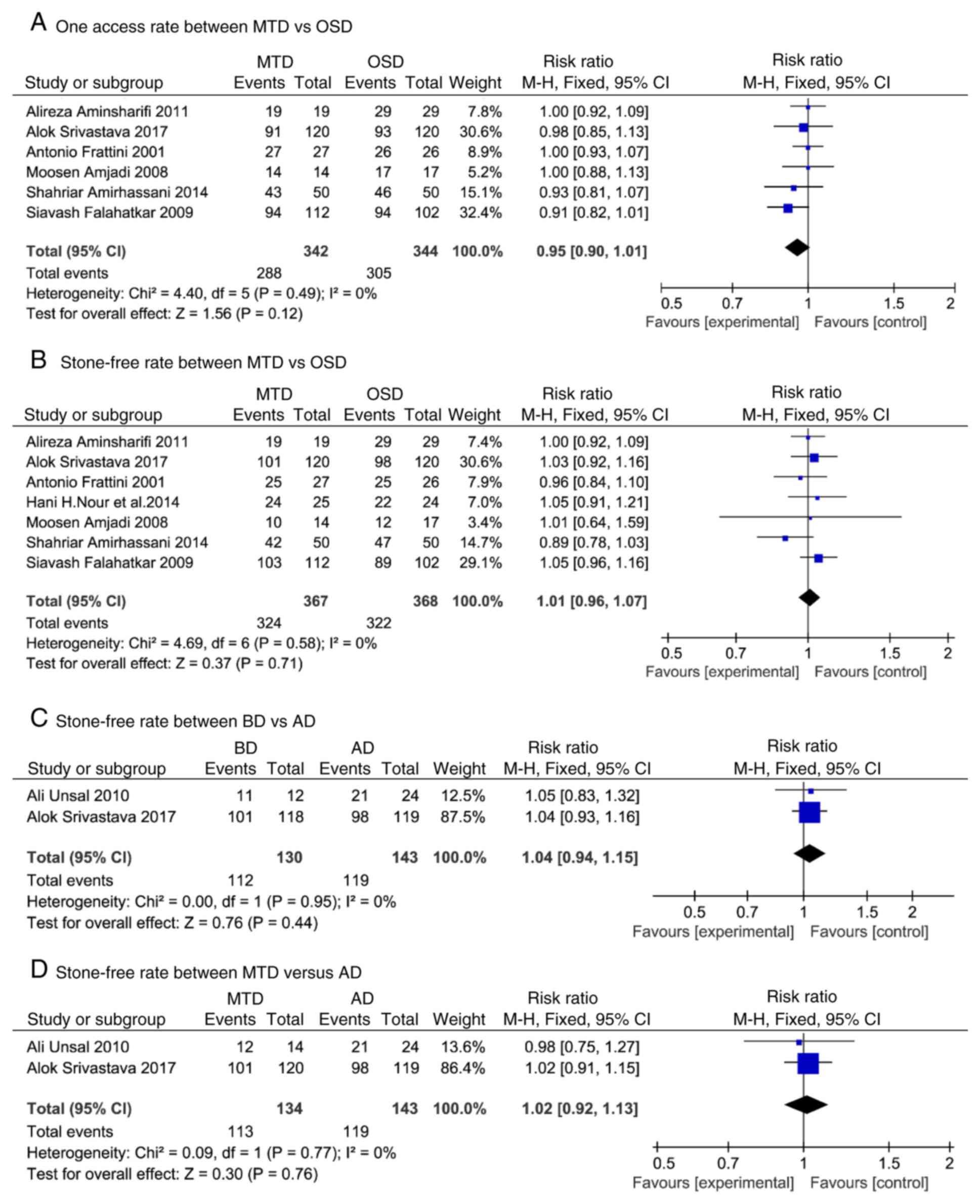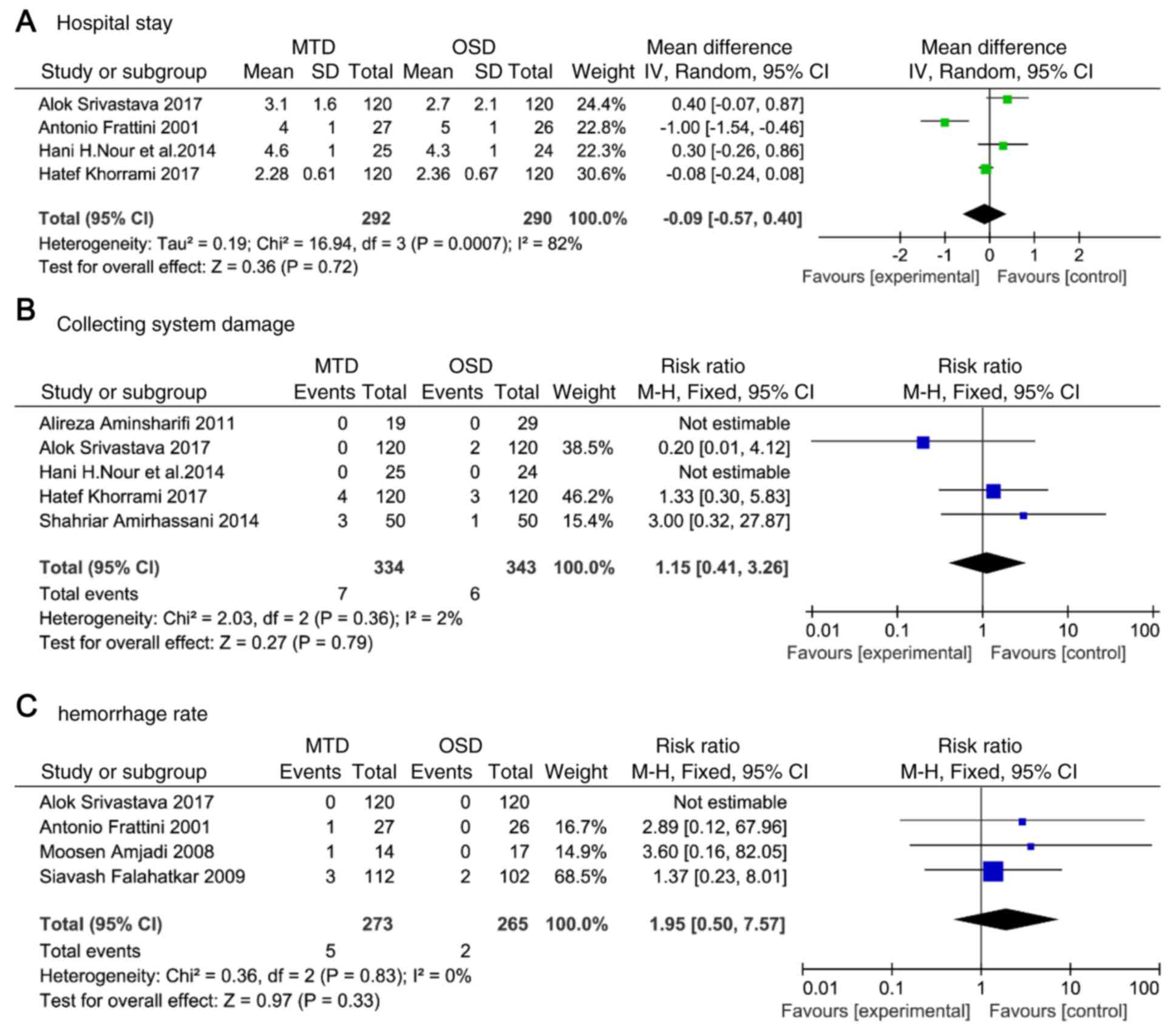|
1
|
Türk C, Petřík A, Sarica K, Seitz C,
Skolarikos A, Straub M and Knoll T: EAU guidelines on diagnosis and
conservative management of urolithiasis. Eur Urol. 69:468–474.
2016.PubMed/NCBI View Article : Google Scholar
|
|
2
|
Sivalingam S, Al-Essawi T and Hosking D:
Percutaneous nephrolithotomy with retrograde nephrostomy access: A
forgotten technique revisited. J Urol. 189:1753–1756.
2013.PubMed/NCBI View Article : Google Scholar
|
|
3
|
Handa RK, Matlaga BR, Connors BA, Ying J,
Paterson RF, Kuo RL, Kim SC, Lingeman JE, Evan AP and Willis LR:
Acute effects of percutaneous tract dilation on renal function and
structure. J Endourol. 20:1030–1040. 2006.PubMed/NCBI View Article : Google Scholar
|
|
4
|
Stoller ML, Wolf JS Jr and St Lezin MA:
Estimated blood loss and transfusion rates associated with
percutaneous nephrolithotomy. J Urol. 152:1977–1981.
1994.PubMed/NCBI View Article : Google Scholar
|
|
5
|
Davidoff R and Bellman GC: Influence of
technique of percutaneous tract creation on incidence of renal
hemorrhage. J Urol. 157:1229–1231. 1997.PubMed/NCBI
|
|
6
|
Frattini A, Barbieri A, Salai P, Sebastio
N, Ferretti S, Bergamaschi E and Cortellini P: One shot: A novel
method to dilate the nephrostomy access for percutaneous
lithotripsy. J Endourol. 15:919–923. 2001.PubMed/NCBI View Article : Google Scholar
|
|
7
|
Rusnak B, Castañeda-Zuñiga W, Kotula F,
Herrera M and Amplatz K: An improved dilator system for
percutaneousnephrostomies. Radiology. 144(174)1982.PubMed/NCBI View Article : Google Scholar
|
|
8
|
Nour HH, Kamal AM, Zayed AS, Refaat H,
Badawy MH and El-Leithy TR: Single-step renal dilatation in
percutaneous nephrolithotomy: A prospective randomised study. Arab
J Urol. 12:219–222. 2014.PubMed/NCBI View Article : Google Scholar
|
|
9
|
Khorrami MH, Izadpanahi MH, Mohammadi M,
Alizadeh F, Zargham M, Khorrami F and Isfahani FF: Comparison of
two treatment methods ‘one shot’ and ‘sequential’ on reduction the
level of hemoglobin in patients with percutaneous nephrolithotripsy
in Al Zahra hospital in 2012-2013. Adv Biomed Res.
6(84)2017.PubMed/NCBI View Article : Google Scholar
|
|
10
|
Amirhassani S, Mousavi-Bahar SH, Iloon
Kashkouli A and Torabian S: Comparison of the safety and efficacy
of one-shot and telescopic metal dilatation in percutaneous
nephrolithotomy: A randomized controlled trial. Urolithiasis.
42:269–273. 2014.PubMed/NCBI View Article : Google Scholar
|
|
11
|
Falahatkar S, Neiroomand H, Akbarpour M,
Emadi SA and Khaki N: One-shot versus metal telescopic dilation
technique for tract creation in percutaneous nephrolithotomy:
Comparison of safety and efficacy. J Endourol. 23:615–618.
2009.PubMed/NCBI View Article : Google Scholar
|
|
12
|
Amjadi M, Zolfaghari A, Elahian A and
Tavoosi A: Percutaneous nephrolithotomy in patients with previous
open nephrolithotomy: One-shot versus telescopic technique for
tract dilatation. J Endourol. 22:423–425. 2008.PubMed/NCBI View Article : Google Scholar
|
|
13
|
Srivastava A, Singh S, Dhayal IR and Rai
P: A prospective randomized studycomparing the four tract dilation
methods of percutaneous nephrolithotomy. World J Urol. 35:803–807.
2017.PubMed/NCBI View Article : Google Scholar
|
|
14
|
Aminsharifi A, Alavi M, Sadeghi G, Shakeri
S and Afsar F: Renal parenchymal damage after percutaneous
nephrolithotomy with one-stage tract dilation technique: A
randomized clinical trial. J Endourol. 25:927–931. 2011.PubMed/NCBI View Article : Google Scholar
|
|
15
|
Cao DH, Liu LR, Liu HW and Wei Q: A
comparison among four tract dilation methods of percutaneous
nephrolithotomy: A systematic review and meta-analysis.
Urolithiasis. 41:523–530. 2013.PubMed/NCBI View Article : Google Scholar
|
|
16
|
Higgins JPT and Green S (eds): Cochrane
Handbook for Systematic Reviews of Interventions. Version 5.1.0
(updated March 2011). The Cochrane Collaboration, 2011. http://www.cochrane-handbook.org.
Accessed November 22, 2017.
|
|
17
|
Liberati A, Altman DG, Tetzlaff J, Mulrow
C, Gøtzsche PC, Ioannidis JP, Clarke M, Devereaux PJ, Kleijnen J
and Moher D: The PRISMA statement for reporting systematic reviews
and meta-analyses of studies that evaluate healthcare
interventions: Explanation and elaboration. BMJ.
339(b2700)2009.PubMed/NCBI View Article : Google Scholar
|
|
18
|
Thiruvarul PV, Periasamy P and Pitchai BK:
Single step vs serial dilatation for tract creation in percutaneous
nephrolithotomy: A randomized controlled trial. J Evolution Med
Dental Sci. 91:15669–15672. 2015.
|
|
19
|
Wen X, Gao X, Li X, Lu M, Cai Y, Qiu J and
Xiao C: One-step percutaneous nephrostomy in patients with a
history of open nephrolithotomy: Comparison with the fascial
dilator system. J Endourol. 21:1281–1285. 2007.PubMed/NCBI View Article : Google Scholar
|
|
20
|
Unsal A, Koca G, Reşorlu B, Bayindir M and
Korkmaz M: Effect of percutaneous nephrolithotomy and tract
dilatation methods on renal function: Assessment by quantitative
single-photon emission computed tomography of
technetium-99m-dimercaptosuccinic acid uptake by the kidneys. J
Endourol. 24:1497–1502. 2010.PubMed/NCBI View Article : Google Scholar
|
|
21
|
Alken P, Hutschenreiter G and Günther R:
Percutaneous kidney stone removal. Eur Urol. 8:304–311.
1982.PubMed/NCBI View Article : Google Scholar
|
|
22
|
Kessaris DN, Bellman GC, Pardalidis NP and
Smith AG: Management of hemorrhage after percutaneous renal
surgery. J Urol. 153:604–608. 1995.PubMed/NCBI View Article : Google Scholar
|
|
23
|
Roth RA and Beckmann CF: Complications of
extracorporeal shockwave lithotripsy and percutaneous
nephrolithotomy. Urol Clin North Am. 15:155–166. 1988.
|
|
24
|
Ziaee SA, Karami H, Aminsharifi A, Mehrabi
S, Zand S and Javaherforooshzadeh A: One-stage tract dilation for
percutaneous nephrolithotomy: Is it justified? J Endourol.
21:1415–1420. 2007.PubMed/NCBI View Article : Google Scholar
|
|
25
|
Lojanapiwat B: Previous open
nephrolithotomy: Does it affect percutaneous nephrolithotomy
techniques and outcome? J Endourol. 20:17–20. 2006.PubMed/NCBI View Article : Google Scholar
|
|
26
|
Lee KL and Stoller ML: Minimizing and
managing bleeding after percutaneous nephrolithotomy. Curr Opin
Urol. 17:120–124. 2007.PubMed/NCBI View Article : Google Scholar
|
|
27
|
Ozok HU, Sagnak L, Senturk AB, Karakoyunlu
N, Topaloglu H and Ersoy H: A comparison of metal telescopic
dilators and Amplatz dilators for nephrostomy tract dilation in
percutaneous nephrolithotomy. J Endourol. 26:630–634.
2012.PubMed/NCBI View Article : Google Scholar
|
|
28
|
McDougall EM, Liatsikos EN, Dinlenc CZ, et
al: Percutaneous approaches to the upper urinary tract. In: Walsh
PC, Vaughan ED, Wein AJ, Retik AB, eds. Campbell's Urology. 8th ed.
Philadelphia: WB Saunders. pp 3320-3369. 2002>.
|
|
29
|
Safak M, Gögüş C and Soygür T: Nephrostomy
tract dilation using a balloon dilator in percutaneous renal
surgery: Experience with 95 cases and comparison with the fascial
dilator system. Urol Int. 71:382–384. 2003.PubMed/NCBI View Article : Google Scholar
|
|
30
|
Joel AB, Rubenstein JN, Hsieh MH, Chi T,
Meng MV and Stoller ML: Failed percutaneous balloon dilation for
renal access: Incidence and risk factors. Urology. 66:29–32.
2005.PubMed/NCBI View Article : Google Scholar
|
|
31
|
Kijvikai K and de la Rosette J: Surgical
challenges of percutaneous nephrolithotomy. Business Briefing:
European Kidney & Urological Disease. 82-84. 2006.
|















